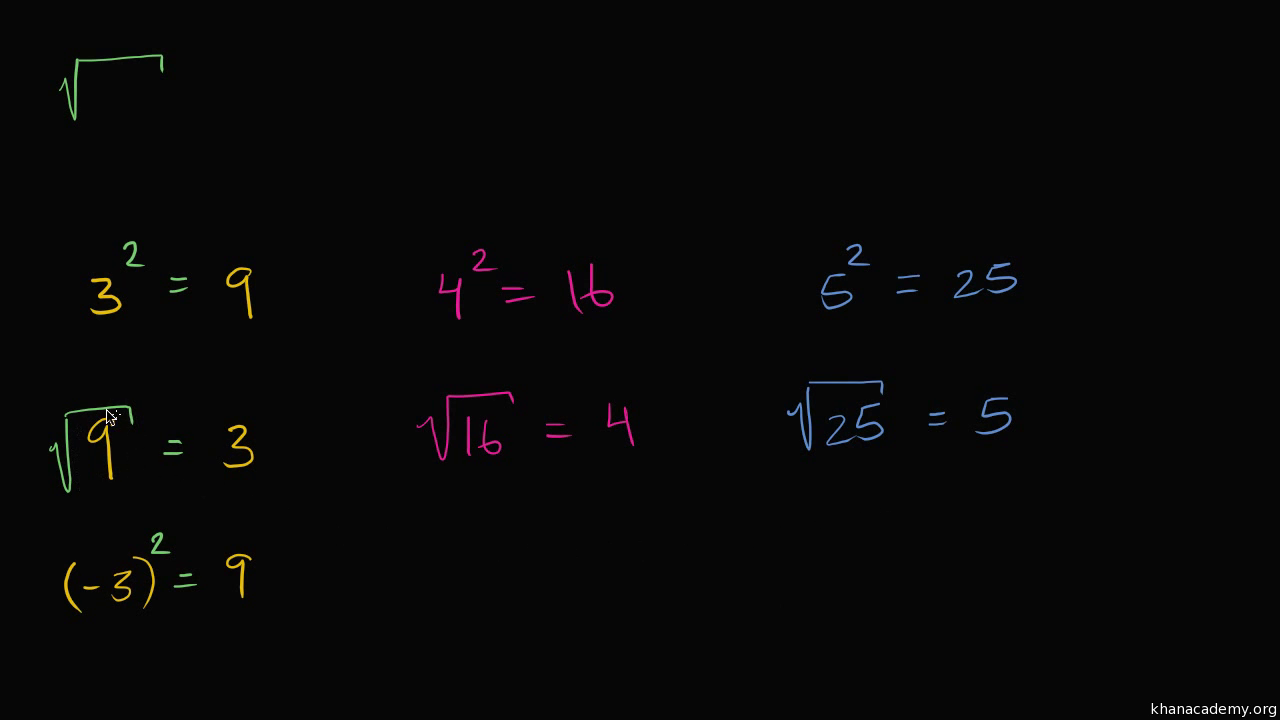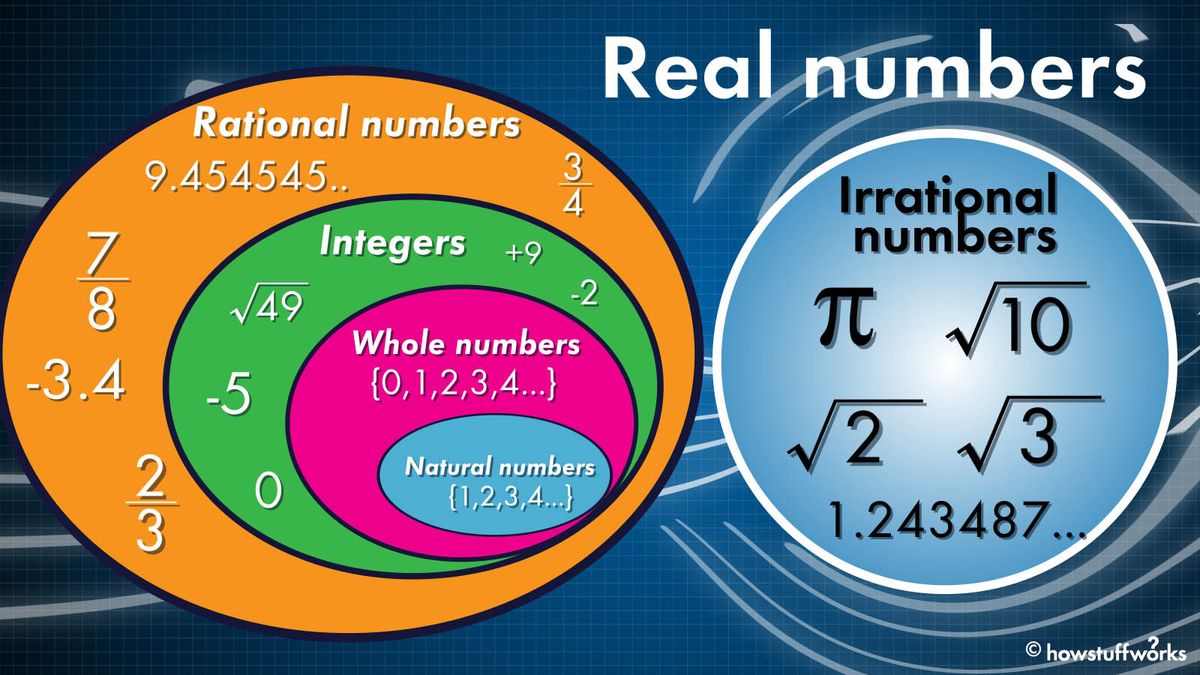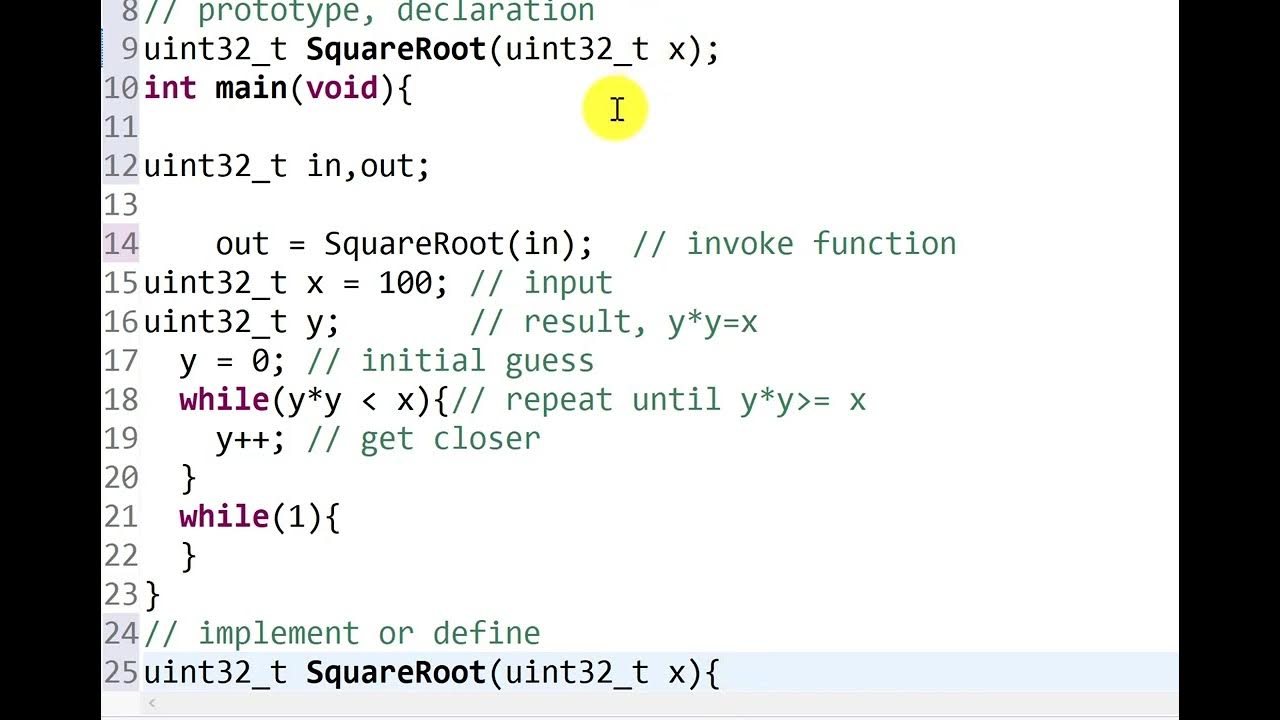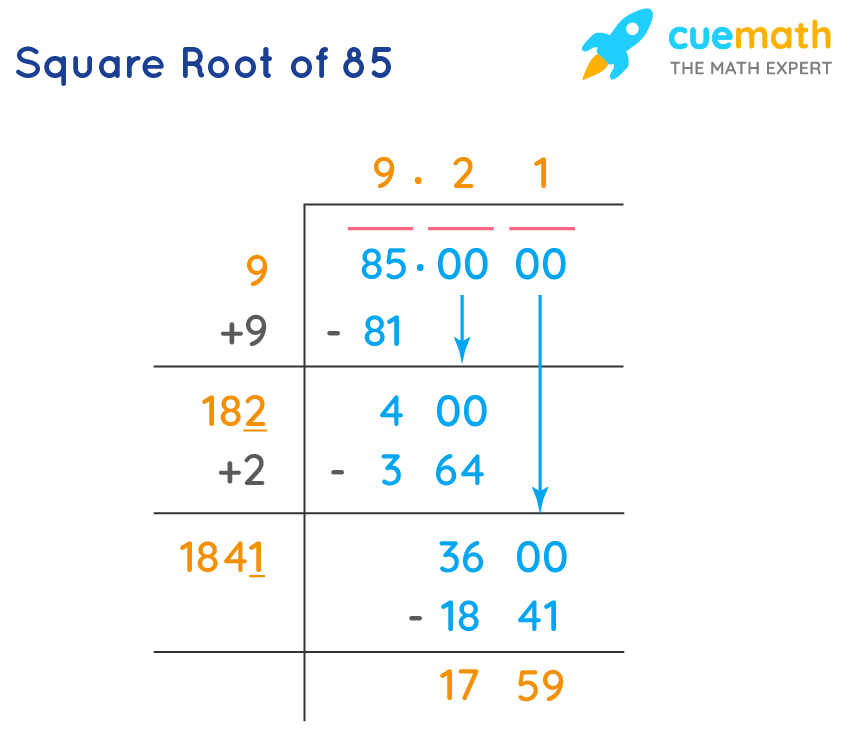Topic square root long division method: Discover the efficient and precise Square Root Long Division Method for calculating square roots. Ideal for both perfect and non-perfect squares, this technique simplifies finding square roots through a structured process. Perfect for large numbers, it provides reliable results with each step.
Table of Content
Square Root Long Division Method
The long division method is a systematic way of finding the square root of a number. Here, we'll explore this method with detailed steps and examples.
Steps to Find Square Root Using Long Division Method
Separate the digits into pairs starting from the decimal point. For whole numbers, pair from right to left.
Find the largest number whose square is less than or equal to the first pair (or the leftmost single digit if unpaired). This number is the first digit of the root.
Subtract the square of the first digit from the first pair and bring down the next pair of digits.
Double the quotient obtained and write it with a blank on the right (this is the new divisor).
Find a digit to fill the blank such that the new divisor, when multiplied by this digit, is less than or equal to the current dividend.
Continue the process until all digit pairs are brought down and the remainder is zero or until you have the desired decimal places.
Example: Square Root of 484
Let's find the square root of 484 using the long division method:
| Step | Action |
| 1 | Write 484 and place a bar over the pairs: 4 | 84 |
| 2 | Find the largest number whose square is less than or equal to 4 (the first pair). This is 2 because 22 = 4. |
| 3 | Subtract 4 from 4 to get 0 and bring down 84. |
| 4 | Double the quotient (2) and place it with a blank: 2_ . Now find a digit to fill the blank (2) so that 22 x 2 = 44 ≤ 84. |
| 5 | Subtract 44 from 84 to get 0. Thus, √484 = 22. |
More Examples
- Square root of 225: By following the steps above, we find √225 = 15.
- Square root of 68: Using the same process, √68 ≈ 8.246.
- Square root of 7250: First find the nearest perfect square. √7225 = 85, so subtract 25 from 7250 to get 7225, which is a perfect square.
Practice Problems
- Find the square root of 441.
- Calculate the square root of 200.
- Determine the value of √20 + √144.
FAQs
How do you find the square root of a non-perfect square using this method?
For non-perfect squares, the method is the same, but it results in a decimal. Continue the division until you reach the desired decimal places.
What is the square root symbol?
The square root symbol is √, also known as the radical sign.
How do you find the square root of a decimal number?
Pair both the whole number and fractional parts separately, then proceed with the same steps.

READ MORE:
Introduction
The square root long division method is an efficient algorithm used to find the square root of any number, whether a perfect or non-perfect square. This method, similar to traditional long division, breaks down the process into manageable steps, allowing for precise calculations. It’s particularly useful for large numbers and offers a clear, systematic approach.
Here's a brief overview of the process:
- Pairing the Digits: Separate the digits of the number into pairs starting from the decimal point, or the rightmost digit for whole numbers. For example, for the number 2025, pair it as (20)(25).
- Finding the Initial Divisor: Determine the largest number whose square is less than or equal to the first pair of digits. This becomes the initial quotient.
- Forming the First Remainder: Subtract the square of the initial quotient from the first pair, and bring down the next pair of digits to the right of the remainder.
- Doubling the Quotient: Double the current quotient and place a blank next to it to form a new potential divisor.
- Determining the Next Digit: Identify a digit that, when added to the doubled quotient and multiplied by itself, does not exceed the current dividend. This becomes the next digit of the quotient.
- Repeating the Steps: Continue the process of bringing down pairs of digits, forming new divisors, and determining subsequent digits of the quotient until the entire number is processed.
With practice, the square root long division method becomes an invaluable tool for performing precise calculations, providing a deeper understanding of how square roots are determined beyond the use of calculators.
Steps of the Long Division Method
The square root long division method involves a systematic approach to finding the square root of a number. Here are the detailed steps:
- Pair the Digits:
Separate the digits of the number into pairs, starting from the decimal point or the rightmost digit. Each pair is processed in each step.
- Find the Largest Square:
Identify the largest number whose square is less than or equal to the first pair or digit. This number is the initial divisor and quotient.
- Set Up Initial Division:
Write the chosen number as the divisor and place it under the first pair. Subtract its square from the first pair to get the remainder.
- Bring Down the Next Pair:
Bring down the next pair of digits next to the remainder to form a new dividend.
- Double the Quotient:
Double the current quotient and write it down with a blank space next to it. This forms the new trial divisor.
- Find the Next Digit:
Determine a suitable digit (Y) to fill the blank such that when the new divisor (including Y) is multiplied by Y, the product is less than or equal to the current dividend. Write this digit next to the quotient.
- Subtract and Repeat:
Subtract the product from the current dividend to get the new remainder. Repeat the steps of bringing down pairs, doubling the quotient, and finding the next digit until all pairs have been processed and the remainder is zero or sufficiently small.
Using this method, one can achieve an accurate square root for both perfect and non-perfect squares, including decimals. Below is an example of the steps involved in finding the square root of 484:
| Step | Description |
| 1 | Pair digits: 4 | 84 |
| 2 | Find the largest square less than 4: 2 (since 22 = 4) |
| 3 | Initial divisor and quotient: 2 |
| 4 | Subtract and bring down next pair: 0 | 84 |
| 5 | Double the quotient: 4 |
| 6 | Find next digit: 4 (44 * 4 = 176, fits in 84) |
| 7 | Repeat until the remainder is zero |
Through these steps, the square root of 484 is accurately found to be 22. This method is applicable for other numbers as well, providing a reliable way to determine square roots.
Examples
Example 1: Finding the Square Root of 484
Let's find the square root of 484 using the long division method.
- Pair the digits of 484, starting from the right: \( \overline{4} \overline{84} \).
- Find the largest number whose square is less than or equal to the first pair (4). This number is 2 (since \( 2^2 = 4 \)). Write 2 as both the quotient and divisor.
- Subtract \( 2^2 = 4 \) from 4, which gives a remainder of 0. Bring down the next pair (84) to make the new dividend 84.
- Double the quotient (2) and write it with a blank on its right: 4_. Find the largest digit to fill the blank such that 4_ times that digit is less than or equal to 84. The digit is 2 (since \( 42 \times 2 = 84 \)).
- Write 2 in the blank and also as the next digit in the quotient. Subtract \( 42 \times 2 = 84 \) from 84, resulting in a remainder of 0.
- Since there are no more pairs to bring down, the process is complete. The square root of 484 is 22.
Example 2: Finding the Square Root of 225
Let's find the square root of 225 using the long division method.
- Pair the digits of 225, starting from the right: \( \overline{2} \overline{25} \).
- Find the largest number whose square is less than or equal to the first pair (2). This number is 1 (since \( 1^2 = 1 \)). Write 1 as both the quotient and divisor.
- Subtract \( 1^2 = 1 \) from 2, which gives a remainder of 1. Bring down the next pair (25) to make the new dividend 125.
- Double the quotient (1) and write it with a blank on its right: 2_. Find the largest digit to fill the blank such that 2_ times that digit is less than or equal to 125. The digit is 5 (since \( 25 \times 5 = 125 \)).
- Write 5 in the blank and also as the next digit in the quotient. Subtract \( 25 \times 5 = 125 \) from 125, resulting in a remainder of 0.
- Since there are no more pairs to bring down, the process is complete. The square root of 225 is 15.
Example 3: Finding the Square Root of 68
Let's find the square root of 68 using the long division method.
- Pair the digits of 68, starting from the right: \( \overline{68} \).
- Find the largest number whose square is less than or equal to the first pair (68). This number is 8 (since \( 8^2 = 64 \)). Write 8 as both the quotient and divisor.
- Subtract \( 8^2 = 64 \) from 68, which gives a remainder of 4. Since there are no more pairs to bring down, we add decimal places and continue.
- Bring down 00 to make the new dividend 400.
- Double the quotient (8) and write it with a blank on its right: 16_. Find the largest digit to fill the blank such that 16_ times that digit is less than or equal to 400. The digit is 2 (since \( 162 \times 2 = 324 \)).
- Write 2 in the blank and also as the next digit in the quotient. Subtract \( 162 \times 2 = 324 \) from 400, resulting in a remainder of 76.
- Continue this process to achieve the desired precision. The approximate square root of 68 is 8.246.
Example 4: Finding the Square Root of 1304
Let's find the square root of 1304 using the long division method.
- Pair the digits of 1304, starting from the right: \( \overline{13} \overline{04} \).
- Find the largest number whose square is less than or equal to the first pair (13). This number is 3 (since \( 3^2 = 9 \)). Write 3 as both the quotient and divisor.
- Subtract \( 3^2 = 9 \) from 13, which gives a remainder of 4. Bring down the next pair (04) to make the new dividend 404.
- Double the quotient (3) and write it with a blank on its right: 6_. Find the largest digit to fill the blank such that 6_ times that digit is less than or equal to 404. The digit is 6 (since \( 66 \times 6 = 396 \)).
- Write 6 in the blank and also as the next digit in the quotient. Subtract \( 66 \times 6 = 396 \) from 404, resulting in a remainder of 8.
- Since there are no more pairs to bring down, the process is complete. The square root of 1304 is approximately 36.1.
Additional Resources
For those interested in delving deeper into the square root long division method, here are some valuable resources:
- Interactive Lessons: Websites like BYJU’S offer interactive video lessons that can help visualize and understand the steps involved in finding square roots using the long division method.
- Detailed Examples: Vedantu provides step-by-step examples of calculating square roots, both for perfect squares and non-perfect squares, helping to clarify the method.
- Practice Worksheets: Math-Only-Math offers worksheets that provide ample practice in finding square roots using the long division method, which is ideal for reinforcing learning through repetition.
- Mobile Apps: Many educational apps, such as those offered by BYJU’S, provide on-the-go learning opportunities with quizzes and interactive content to test your knowledge of square roots.
- Tutorial Videos: Websites like Khan Academy and YouTube have numerous tutorial videos that explain the square root long division method in detail, making it easier for visual learners to grasp the concept.
These resources are excellent for students, educators, and anyone looking to improve their mathematical skills and understanding of square roots through the long division method.

Video hướng dẫn cách tìm căn bậc hai của các số lớn bằng phương pháp chia, dành cho những ai muốn nâng cao kỹ năng toán học.
Cách Tìm Căn Bậc Hai Của Các Số Lớn Bằng Phương Pháp Chia
READ MORE:
Video hướng dẫn cách tìm căn bậc hai của một số bằng phương pháp chia dài, phù hợp cho những ai muốn học toán từ cơ bản đến nâng cao.
Căn Bậc Hai Của Một Số Bằng Phương Pháp Chia Dài - Phần 1 | Số Mũ | Infinity Learn















